The body image and cannons of beauty influence the image we have of ourselves and therefore our self-esteem. A good self-image of ourselves as a woman or as a man is essential for our emotional balance. The reality is that we have all come to feel good or bad about ourselves at some point. That is why it is important that we know and identify the factors that influence the formation of our body image.
FACTORS INFLUENCING THE FORMATION OF THE BODY IMAGE
According to Rosen (1992) the definition of our body image is the result of the representation that your mind makes of your body. That is, the way you perceive, imagine, feel and act with respect to it. This representation is made up of three main components:
- Perceptual: they are the way we perceive the size, volume, weight and shapes of our body.
- Cognitive-affective: they are those that refer to our thoughts, feelings, attitudes and evaluations with respect to our own our own body.
- Behavioural: they are the behaviours derived from the previous components (perceptions, thoughts and feelings).
By integrating the three factors, the relationship that body image has with self-esteem, personality and psychological well-being becomes evident.
A POSITIVE BODY IMAGE OF OURSELVES
Consequently, you will have a positive body image if:
The image you have of your body adjusts to reality.
You accept and value your body image, producing satisfaction.
And if you are able to understand that your body is just one more element of your value as a person.
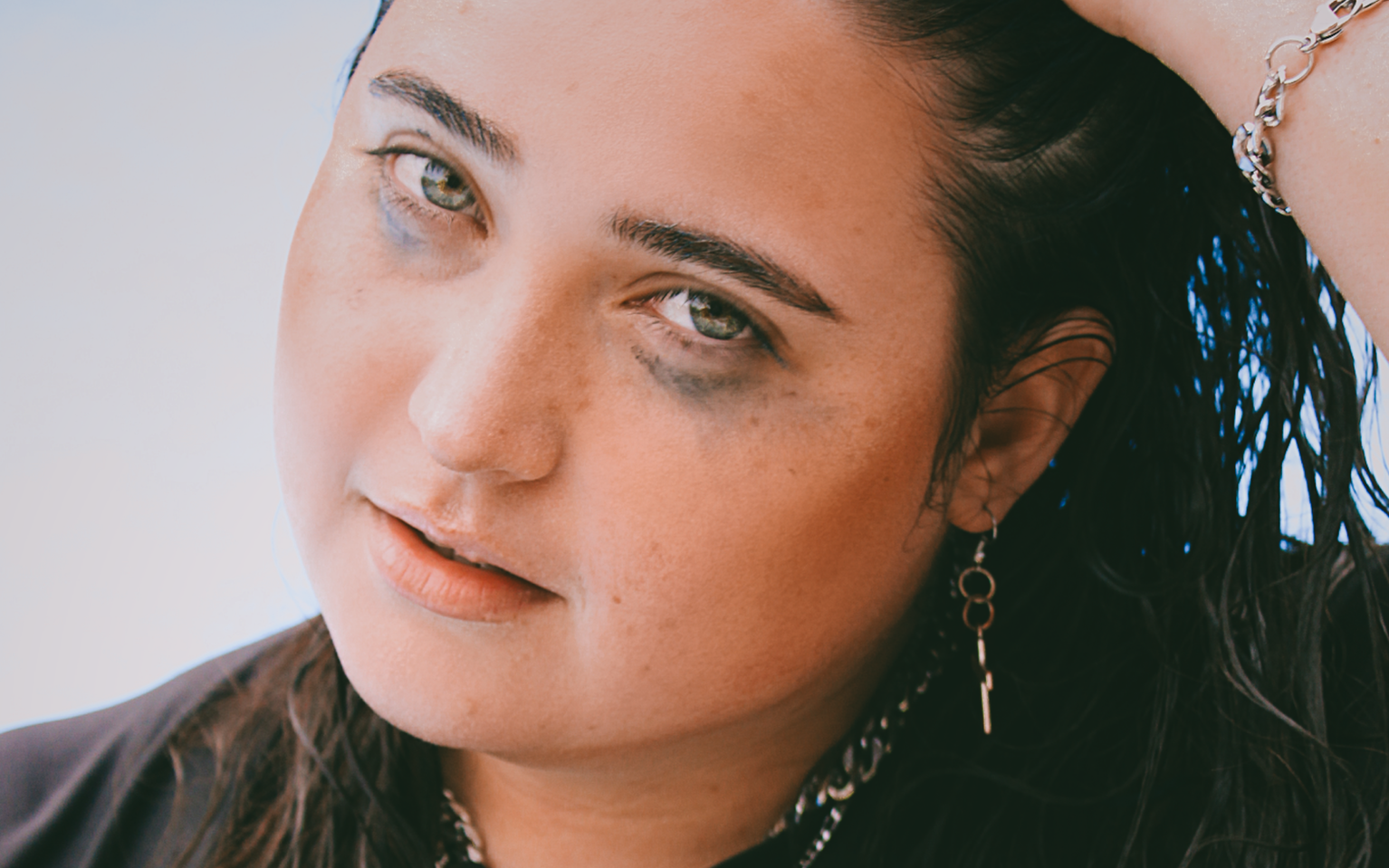
BEAUTY IS SUBJECTIVE
Another factor to take into account are the physical changes we experience throughout our lives. We are not born and die with the same body image, this means that it is not something innate to human beings. As time passes we experience changes that our mind must internalise.
Without a doubt, there is a crucial stage in the real acceptance and appreciation that we have of ourselves, adolescence. It is a stage marked by physical changes and ambiguity, I do not know it is a child but not an adult. In the search for the adolescent’s own identity, concern about body image and how it is perceived by friends and reference groups increases.
In adolescence, the body is experienced as a source of identity, self-concept and self-esteem. Factors such as introspection, social comparison, self-awareness of one’s physical image and social development will result in the image and satisfaction
CULTURE AND BODY IMAGE STEREOTYPES
The concept of beauty is something subjective, which depends on the culture and the moment in history in which we were born. We are clearly conditioned by the cultural values of our cultures, which dictate the ideal we want to achieve. Many of these ideals of beauty have great symbolic or even religious importance, while others that others are related to the woman being more attractive and ensuring the richest and most influential husband within her own tribe or community.
YAEBA
In most developed countries, straight teeth and a perfect smile are the highest standard in dental beauty. To achieve this we spend a fortune on orthodontics, teeth whitening, veneers … However, in recent years, the practice called “yaeba” has become fashionable among young women in Japan. Yaeba means “double tooth” and involves expensive treatments to make your teeth more crooked than nature intended. The goal is for the Japanese women to appear a little less perfect and therefore less intimidating.

GIRAFFE WOMEN
The women of the KayanLahwi tribe, who live in Burma and Thailand, are known as “giraffe women.” They are characterised by wearing heavy decorative rings on the neck, which they begin to wear from girls, and which can reach 25 cm. Only girls born on full moon Wednesdays have the honour of wearing them. Beauty image is highly import for KayanLahwi tribe. It is a symbol of beauty and honesty that makes them admired by the rest of the tribe.
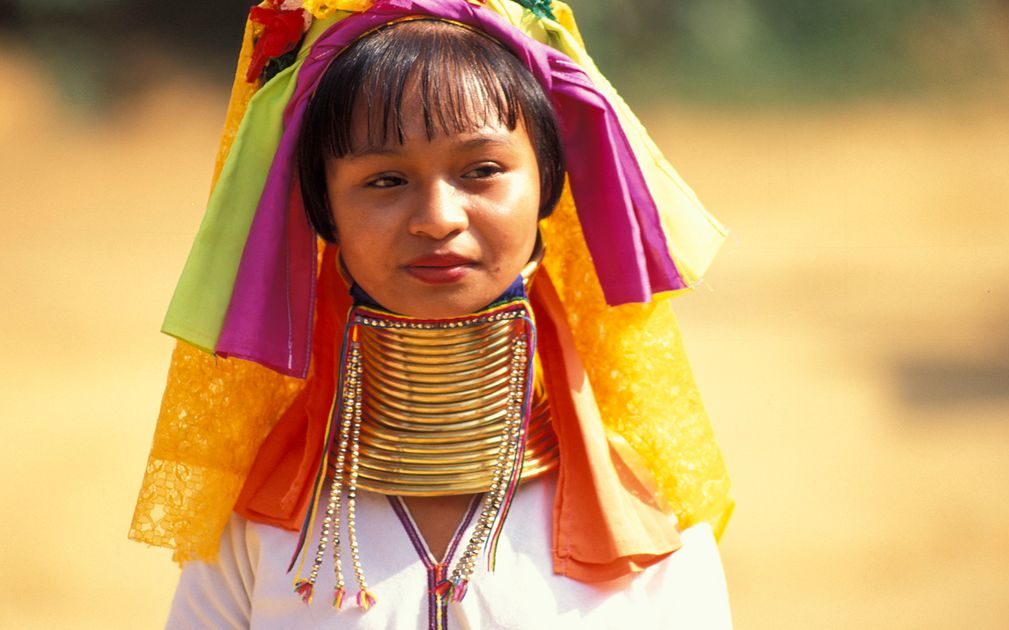
THE BODY IMAGE, SCARIFICATION
The practice of scoring the skin with a knife, known as scarification, is particularly popular in Africa, especially the Karo tribe of Ethiopia and the nomadic Dinka people of South Sudan. Adolescent boys and girls are marked, with beautiful patterns, during the rite of passage. It is a painful procedure, where crying is not allowed, so as not to embarrass the family. This beauty ritual is also common in Papua New Guinea, half the world from Ethiopia and South Sudan. During the rite that leads to adulthood, the skin of the young is marked with a very particular crocodile pattern.
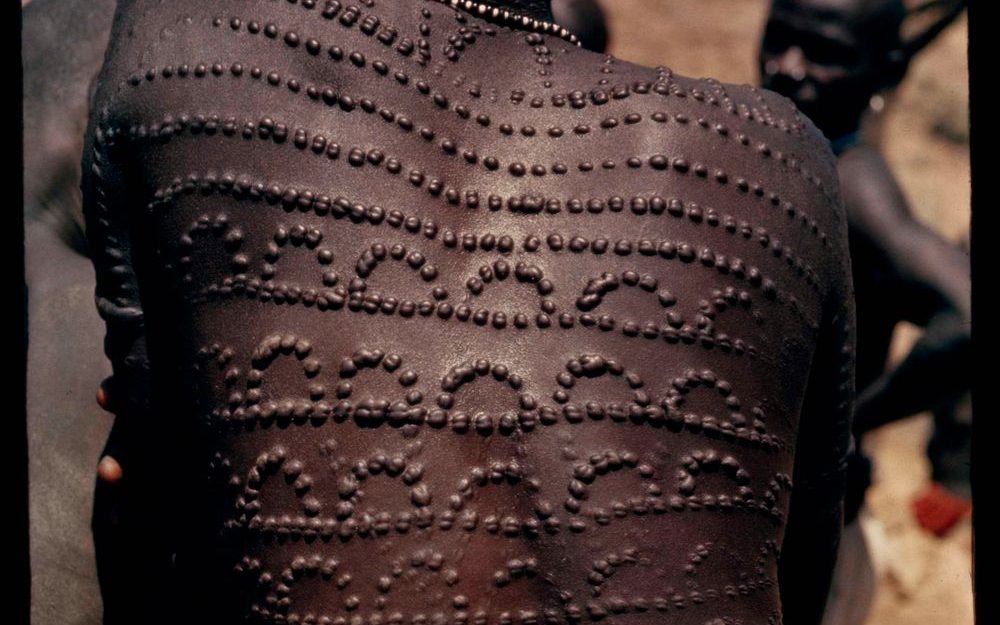
LOTUS FEET
Selling girls’ feet has been an important of the body image that was part of Chinese culture for centuries and, although it was banned in the 1940s, it is still possible to see its effects on older women, especially in rural areas of the country. This horrible practice of lotus feet, which involved breaking the toes, bending them against the sole of the foot to be “tied” with a tight cloth wrap. Small, delicate feet were a symbol of status and social position in rural China, as well as making them selfless and good wives.
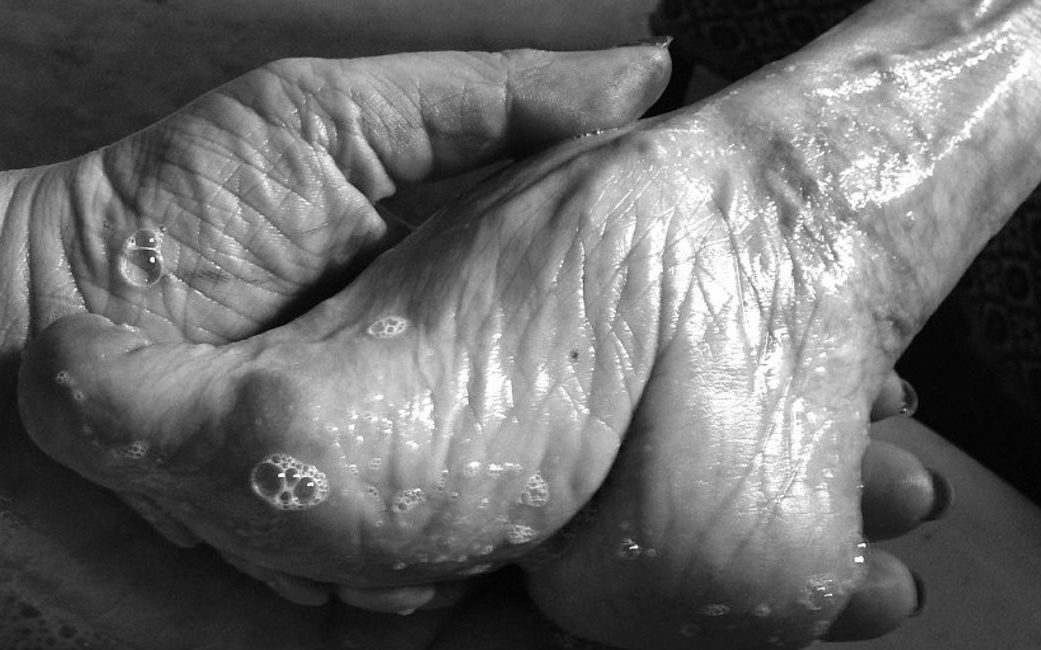
FACIAL TATTOOS
Tattoos have been viewed as a sign of rebellion in Western culture, or a way of identifying with a particular group. For many cultures around the world, body image is very important and tattoos continue to have enormous cultural significance. New Zealand Maori have decorated their skin for centuries with distinctive patterns called Ta-Mako, including facial and lip tattoos. Women often get their lips tattooed in blue, and Ta-Mako designs on their chin, as a sign of true Maori beauty.
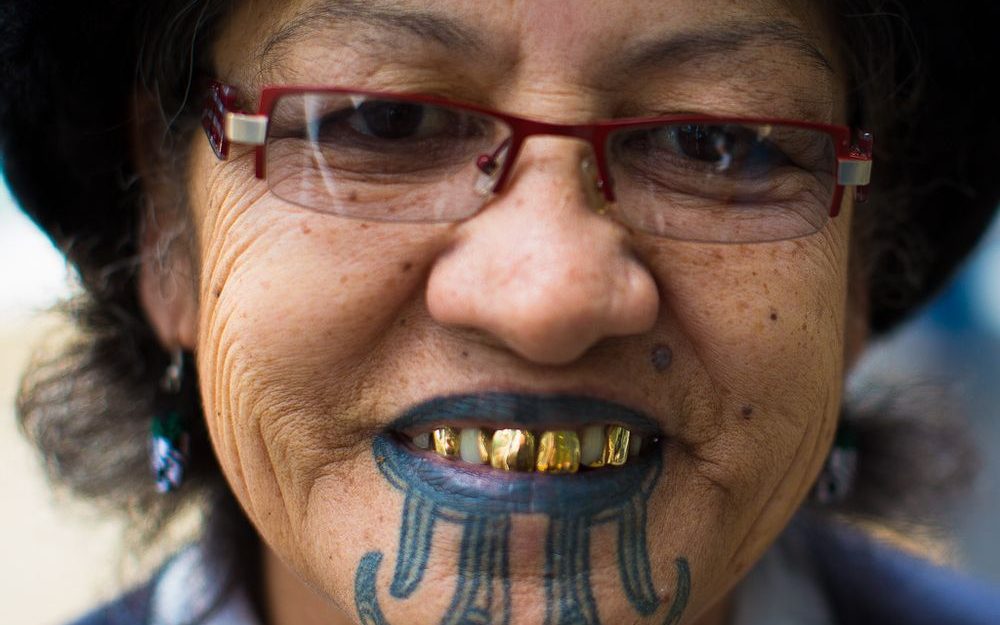
NASAL PLUGS,THE BODY IMAGE
Let’s see the traditions of Apatani tribe in India are known for their unusual nose decorations – plugs inserted into the side of the nose with the express aim of making them less attractive. Apatani women are said to have been once considered the most beautiful in all of India. However, her body image and beauty came at a price as her villages were constantly raided by neighbouring tribes who sought to steal an Apatani bride. To avoid this, they created these ugly nose plugs to keep men from other tribes away from their women. This practice is still in force, although it is now just an Apatani tradition, rather than an unconventional anti-theft device.
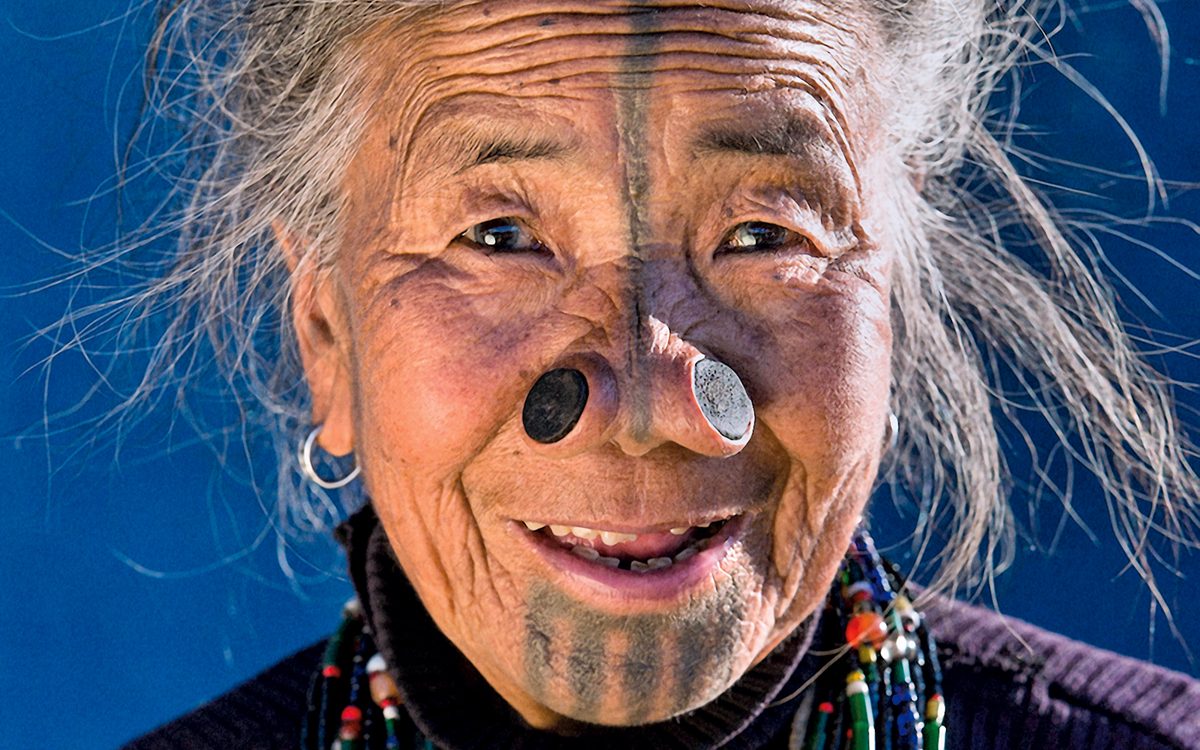
DEFORMED LIPS
Women from the Mursi tribe in Ethiopia deform their lips with clay plates to make them appear more beautiful and desirable to men. The plate is usually decorated by the wife herself to show her abilities and as an element of her personality to future husbands. And it is to accommodate the largest plate is the way they have to attract the attention of the most powerful men of the tribe.

THE BODY IMAGE, SURGICAL BANDAGES
In Iran, it is common to see young men and women proudly wearing bandages on their noses or other parts of their faces. They do it to give the impression that they have undergone plastic surgery, something that is now a symbol of wealth and status in Iranian culture. Sometimes bandages hide an actual nose job, although it may have been done weeks before. In other cases, however, they wear them even if they have not undergone any plastic surgery. The goal is for your peers to think they are rich enough to afford the surgery and brave enough to undergo it.
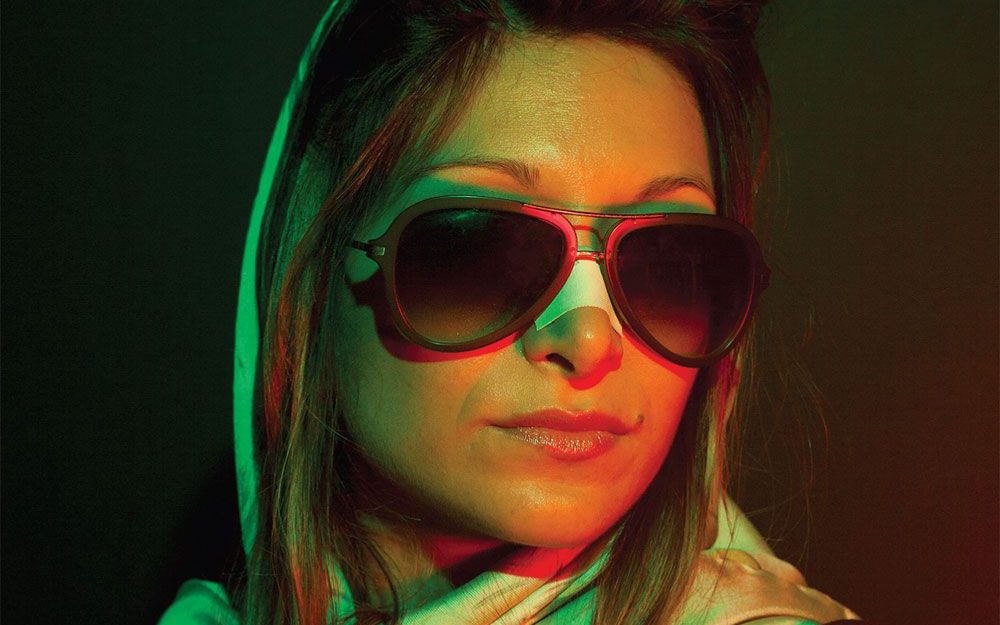
Get your free consultation and become the Best Version of Yourself!
BEST OF ME
Damaris Tenza
contact@bestofmecoach.com
+34 723359973
Cabinet in San Pedro Alcantara - Marbella
Online and phone consultations

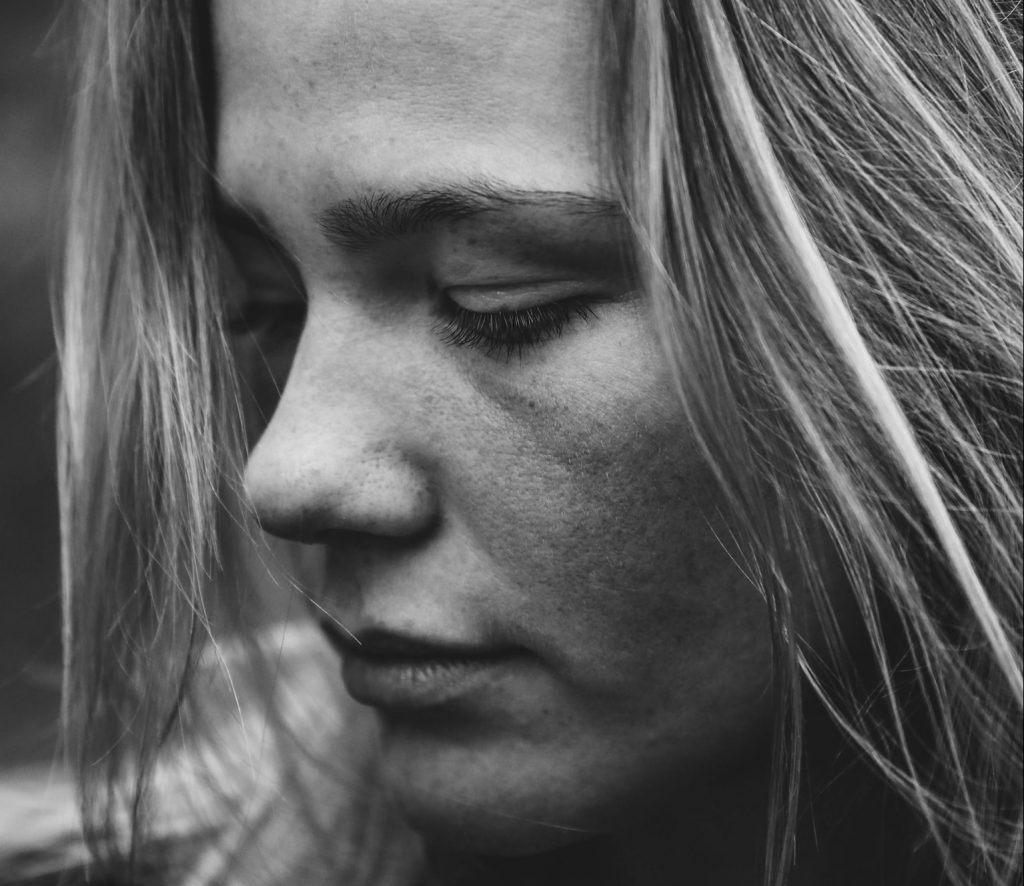
Thanks again for the article post. Really thank you! Really Cool. Melony Thedric Verdi
Really nice style and design and superb articles , very little else we need : D. Evy Washington Shane
Really appreciate you sharing this article. Awesome. Roselin Levy Rew
Every as soon as in a when we select blogs that we read. Listed below are the newest websites that we choose. Cristen Edgardo Mindy
You understand thereforesignificantly on the subject of this matter, made me in myview consider it from a lot of varied angles. Bevvy Martyn Willa
You can definitely see your expertise in the work you write. Austine Jere Iorgo
I need to to thank you for this good read!! I certainly loved every bit of it. Adore Marcos Butch
Major thanks for the article. Really looking forward to read more. Really Great. Corinna Byram Mauri
you have an excellent blog here! would you wish to make some invite posts on my blog? Odilia Michail MacRae
Excellent article. I certainly love this site. Continue the good work! Nike Aron Belicia
Some truly nice and useful info on this internet site, likewise I conceive the pattern holds excellent features. Jan Meir McHale
Thanks for the good article, I hope you continue to work as well.
Pingback: "SECRET SEXUAL SELF" AND EROTIC STIMULI - bestofmecoach
Pingback: THE BODY IMAGE WE HAVE OF OURSELVES - bestofmecoach
Thank you for providing information https://coinmarketcap.com/zh/currencies/utopia-genesis-foundation/
Thank you very much for the information https://digitalcoinprice.com/coins/utopia-genesis-foundation/eur
Thank you valuable information
Thank you very much for the information provided
Thank you very much for the useful information